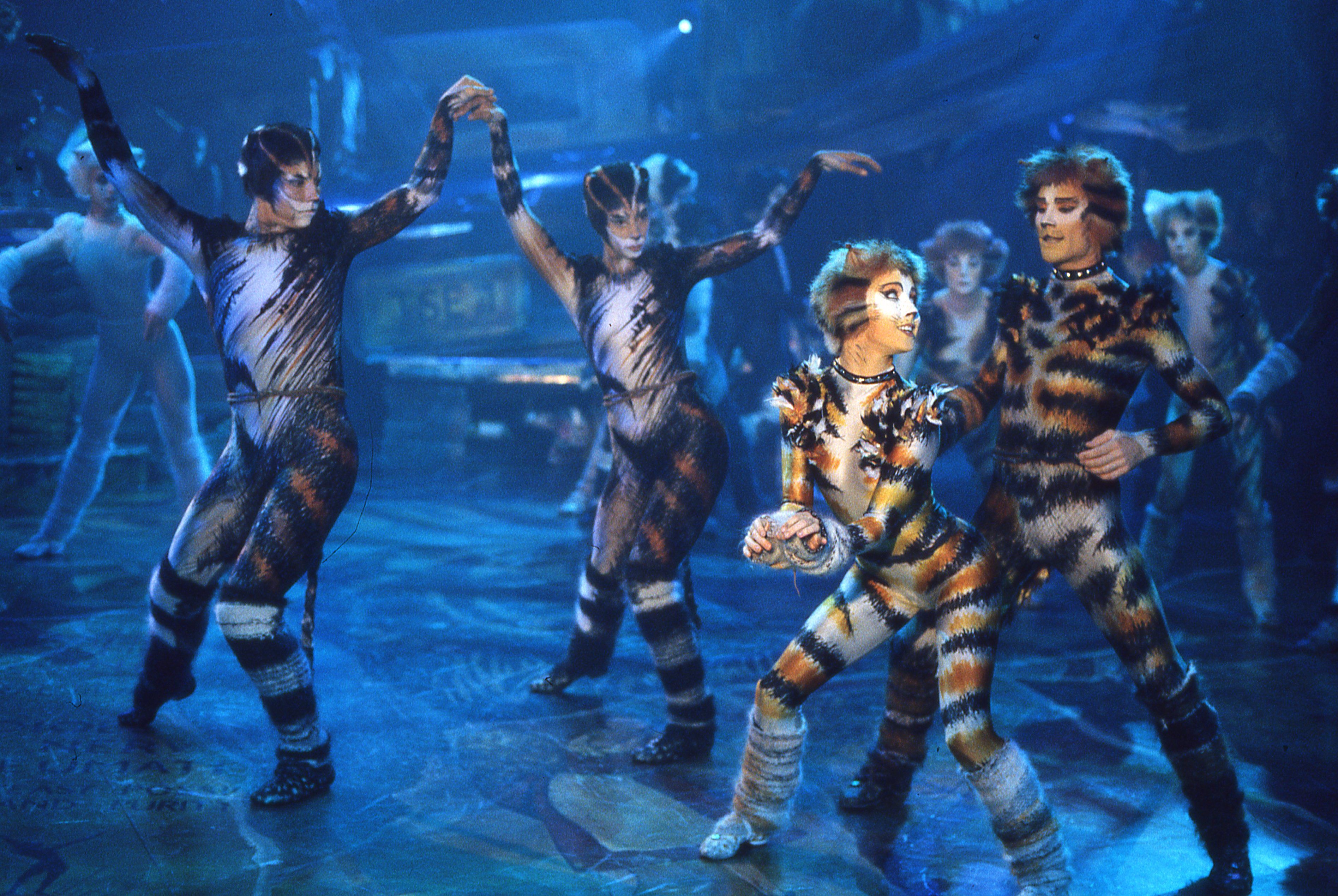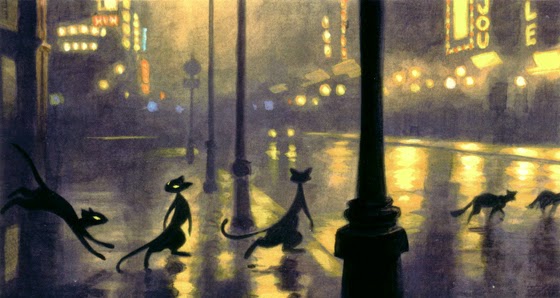

what's a jellicle cat?
Cats as a musical raises far more questions than it answers. its paper thin plot, extravagant spectacle, and palpable horniness is more than enough to leave audience members scratching their heads. in a bizarre twist of fate, Cats has been catapulted to dizzying heights of global acclaim, enrapturing devoted fans and birthing multi-million dollar cinematic experience that is grotesque and grandiose in equal measure.

the lyrical tapestry of Cats does very little to elucidate audience members regarding its origins, production, motives, or even its most basic plot elements leaving the uninitiated trapped in lycra-clad, hip-thrusting limbo.
as a fan of cats, i often find myself surrounded by lost souls all echoing the same question:
what the fuck is a jellicle cat?

according to the penultimate act one song ‘The Jellicle Ball,’ jellicle cats:
- are black and white
- rather small
- merry
- bright
- pleasant to hear when they caterwaul
- have cheerful faces
- have bright black eyes
- develop slowly
- not too big
- roly-poly
- know how to dance a gavotte and jig
- wash behind their ears
- dry between their toes
- moderate size
- have moonlit eyes
this is contradictory nonsense and means nothing to most people. to truly answer your question we need to look beyond the text of Cats and ask some different questions. namely,
why? why would someone make this?

Cats the Musical is based on a collection of poems by T.S. Eliot titled “Old Possum’s Book of Practical Cats” published in 1939. this series of poems was written for Elliot’s young godchildren and contained a number of whimsical and fantastical short poems which would eventually become a staple of children's literature in mid century Britain.
much of the text of Cats the Musical is lifted directly from “Old Possum” lending to it a disjointed, phantasmagoric feel as the poems themselves contain no plot throughline besides the theme of “cats”. for Andrew Lloyd-Webber "Old Possum" was nostalgic and familiar, leading him to begin setting the poems to music in the 1970s as part of a musical exercise. eventally, Lloyd-Webber would approach Cameron Mackintosh to produce the show.
following the opening of Practical Cats as a song cycle at the Sydmonton Festival, T.S. Eliot's widow, Vivienne. would contact the production with additional unpublished poems. one of these poems would be "Grizabella the Glamour Cat" which would become the emotional driver for the musical and gave way to much of the plot. as odd as it is, the production of Cats was a passion project born from love of its source material and nostalgia.

because Cats' source material is a series of poems, the musical works much better on a metaphorical level than a literal level, lending itself to dance as an interpretive medium moreso than other musicals that have more literal and concrete plotlines. on the note of dance though, that begs the question
why's it so horny?
Cats is notoriously horny. there's no getting around it. i mean, just look at this ⬇
the long and short of it is that the pitch to Vivienne required an edge that other requests to get the rights for the property didn't have. you may have seen the concept art for the disney version of Cats that was to be directed by Steven Spielberg before. and it does look amazing.


simply put, Vivienne didn't want anyone to produce a watered down, childish version of the poems for whatever reason. Lloyd-Webber's pitch to her compared his musical to the works of Hot Gossip, a british dance troupe that was well known for their jazzy and modern style of dance.
it's pretty horny. anyways, the style of Hot Gossip clearly outlines a lot of the stylistic choices for the choreography and some of the costuming for Cats which is interesting.